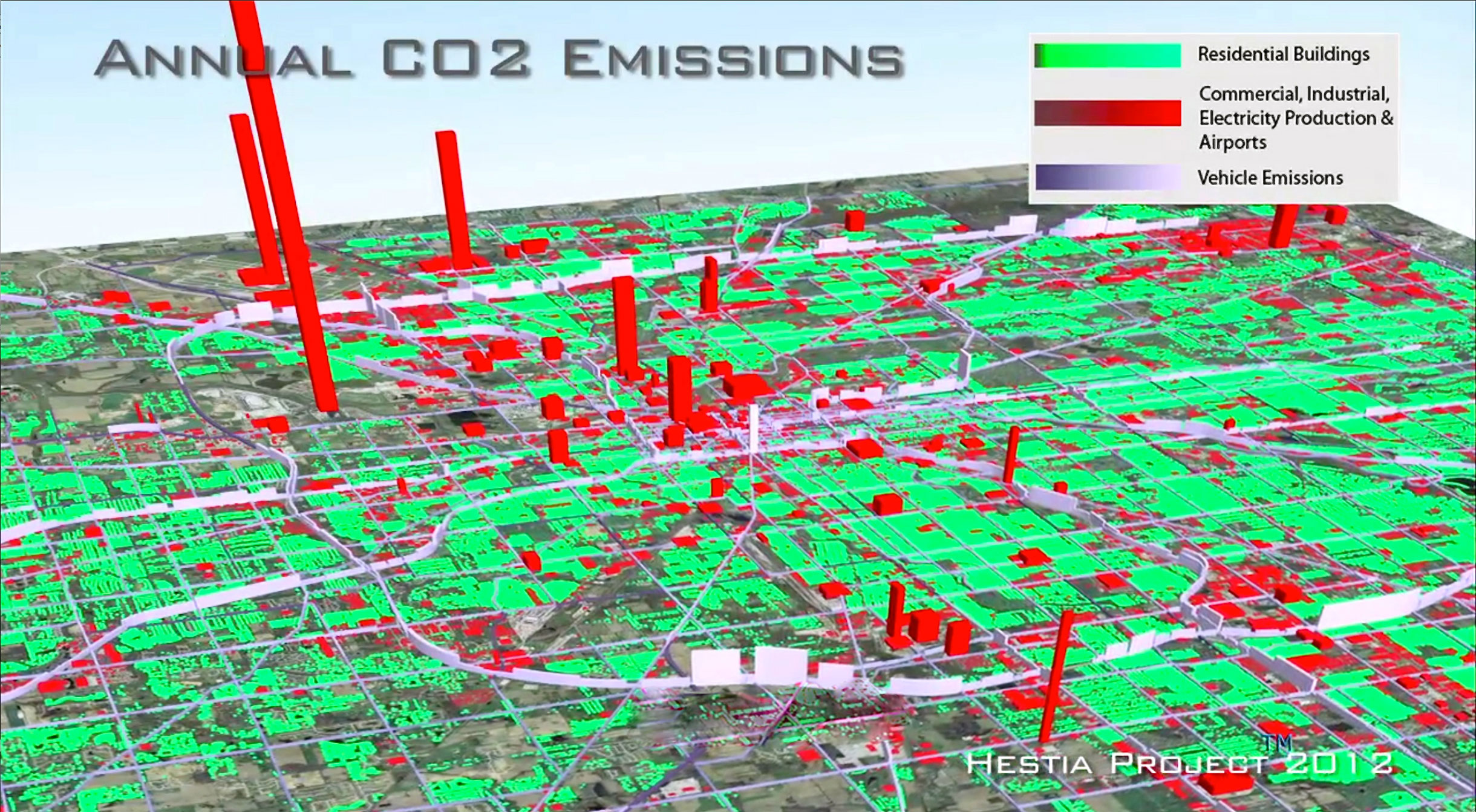NYC Climate Mobilization Act Recognizes Passive House as Key Approach to Reducing Building Greenhouse Gas Emissions
2019.10.11

New York’s existing buildings account for almost 70% of the city’s greenhouse gas emissions. In order to increase the energy efficiency of new and existing structures the City Council has passed the Climate Mobilization Act, a set of new laws to drastically reduce emissions by buildings over the next thirty years.
This Act provides a clear path for the city to rapidly lower net carbon emissions and to establish a sustainable model for new construction, retrofits and maintenance of existing buildings. Jordan Parnass Digital Architecture’s use of Passive House design principles and technologies provides proven solutions to help buildings meet these new requirements, allowing owners to reduce energy use while maximizing occupant comfort and return on investment.
One of the notable provisions of the Act’s Local Law 97 is a requirement that all buildings of 25,000 square feet and up must meet strict emissions limits by 2025. Owners will be required to file an annual emissions report to the city. If a building emits more than its allotted amount greenhouse gases, it will be fined a penalty based on its excess tonnage per year. Limits will become more stringent every ten years beginning in 2030, resulting in a net emission reduction of 80% by 2050.
The fields of architecture, engineering and facilities management will need to accelerate their increasing focus on sustainability to meet the challenges of New York City’s battle against climate change. The Climate Mobilization Act encourages owners to invest in higher efficiency heating and cooling systems and upgrade the performance of their building envelopes. Cost effective strategies for these upgrades has been established through Passive House principles, a standard methodology for cost-effective design, analysis and engineering that focuses on real world performance of the building’s envelope and systems, resulting in a significant reduction in energy use and overall environmental impact.

Passive House standards will be at the forefront of New York City’s movement toward carbon neutrality. High quality components, design and construction strategies can cut energy use by 75% or more (Fig.2). In addition, adoption of these standards provides a significantly higher return on investment (over 20% per year) than conventional options.
The planet needs action now and JPDA is stepping up to do our part. We are skilled in new construction and specialize in adaptive reuse projects that maximize building lifecycle performance, savings, and occupant comfort. Our unique knowledge and skilled team ensures that not only can we help you meet new and upcoming regulations, but we can exceed the stated goals by creating thoughtful, sustainable and healthy structures for both users and the environment.


